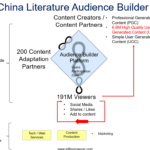I like the saying that winning in digital B2C is like catching lightning in a bottle. But winning in digital B2B is more like mining. The former happens really fast but is difficult to predict. The latter is slower but pretty reliable when you’re in the right spot. You just keep digging away over time. […]







